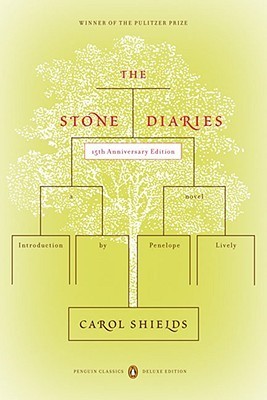What do you think?
Rate this book


304 pages, Paperback
First published January 1, 1993
Mercy, Mercy.......Cuyler Goodwill loved you so.......Why did you not share your secret?
I did like this somber 1995 Pulitzer Prize winner that does actually have a few laughs, and one shocker, but was somewhat annoyed each time the storyline came to an abrupt halt at a crucial juncture throughout the telling. In the end, thankfully, most of the missing puzzle pieces do unite, and Wow! What powerful last words from Daisy!
